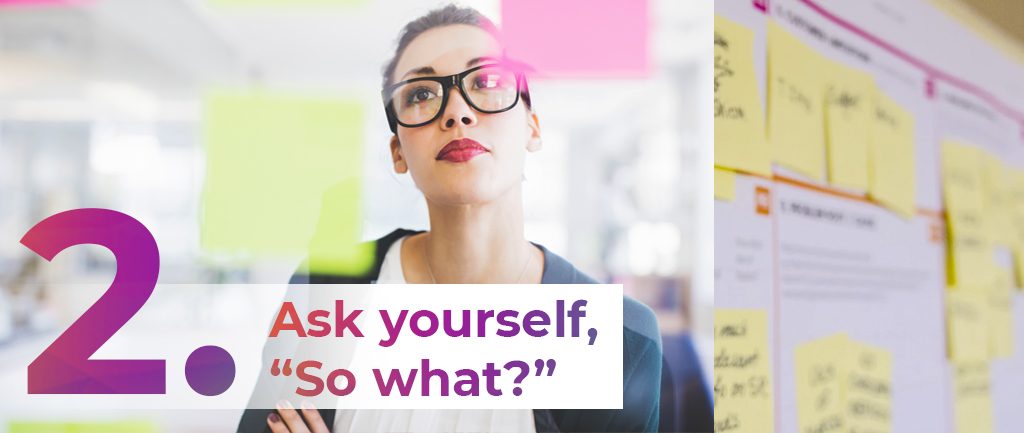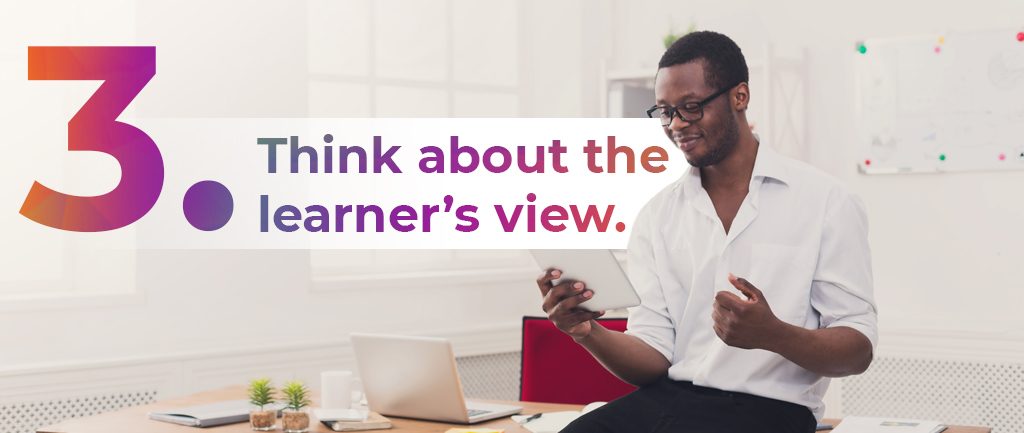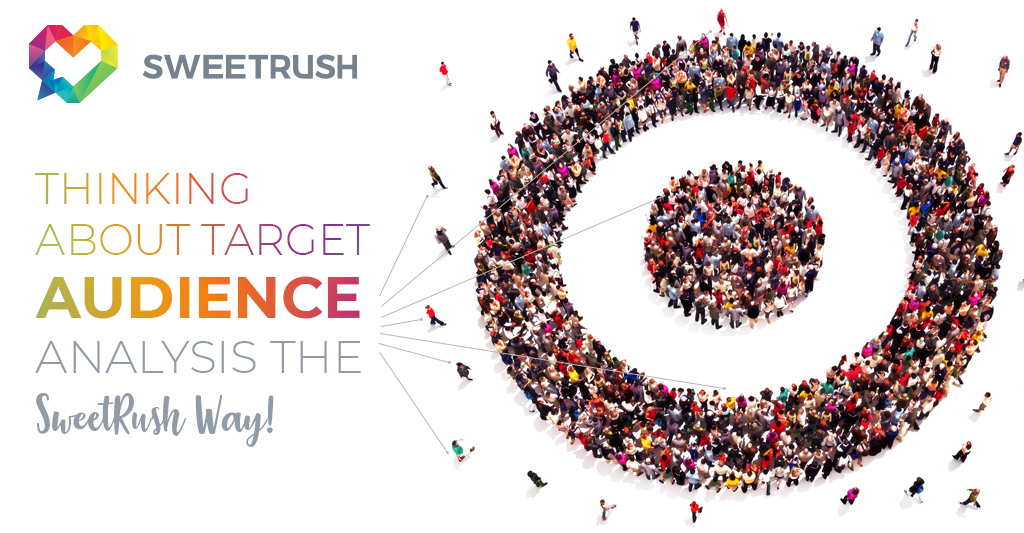Does this sound familiar? The business recognizes that there needs to be an improvement in performance. They hire you to create a training intervention to help their employees make that improvement. You ask about the need, the content, and the learners, and they supply that information. You do the work, and then move on to the next engagement.
What’s wrong with this picture?
I can’t think of a single bit of work where I was hired by the actual learners. Under normal circumstances, I would not disregard the importance of a target audience analysis, and I’d learn everything I was going to know about the learners from whoever was hiring me—the boss, the leadership team, or HR. And, if the information was a bit vague, I’d fill in the blanks with what I personally know (or think I know) about the audience.
At SweetRush, we like to do this differently. Here are our top four strategies for conducting an audience analysis:

1. Listen to the learners. When we tap into members of the learner audience, we do so by conducting what we call empathy interviews. Empathy interviews essentially answer the question, “What do you want to say?” instead of “What do I want to know?” Open-ended, filled with moments of silence, and steered by the learners, empathy interviews frequently tell us things that we never would have guessed—sometimes to the great surprise of the folks who are paying us. We have learned to trust this process, and some of our best work has flowed from the wisdom gathered there. Empathy interviews are core in analyzing your audience.

2. Ask yourself, “So what?” Do you include an audience analysis in your design work that lists learner demographics? We all do that—it’s basic instructional design! But at SweetRush, we try to take this to the next level by explicitly asking ourselves, “So what?” So what if the audience is made up of 30-year-old males with college degrees? How does that impact your design? So what if the audience has been in the field for an average of 15 years? What will you do differently because of that? What are the ways you will bend the design to fit the contours of the learner demographic? And don’t forget point number one about listening to the learners. Check your assumptions with actual members of your audience. Don’t just do what you think might be right or makes sense to you.

3. Think about the learner’s view. Traditionally, we create learning because there is either something we want learners to know or something we want them to do (or do better.) At SweetRush, we are realizing that there is another purpose for training: Because we want learners to see the world, and their place in it, differently. We call this change a mental model shift, and coming to this understanding has had a profound impact on how we think about learning design. We find that there is a current state, and a future desired state of the learners’ views, and it is our performance-level objectives that allow them to cross the divide. Finding and recording these mental model shifts has become an essential part of our design process.

4. Ask yourself, “Is this a learning problem or not?” Finally, we understand that there are some behaviors that will never be changed by training because they are being caused by something in the learner’s environment. If there is a strong incentive in the learner’s environment to behave one way rather than another way, it may be that no amount of training will fix this.
Understanding your audience deeply is the number one thing you can do to make your learning effective and engaging. So go be bold, be brave, and go deep!




